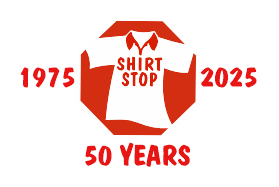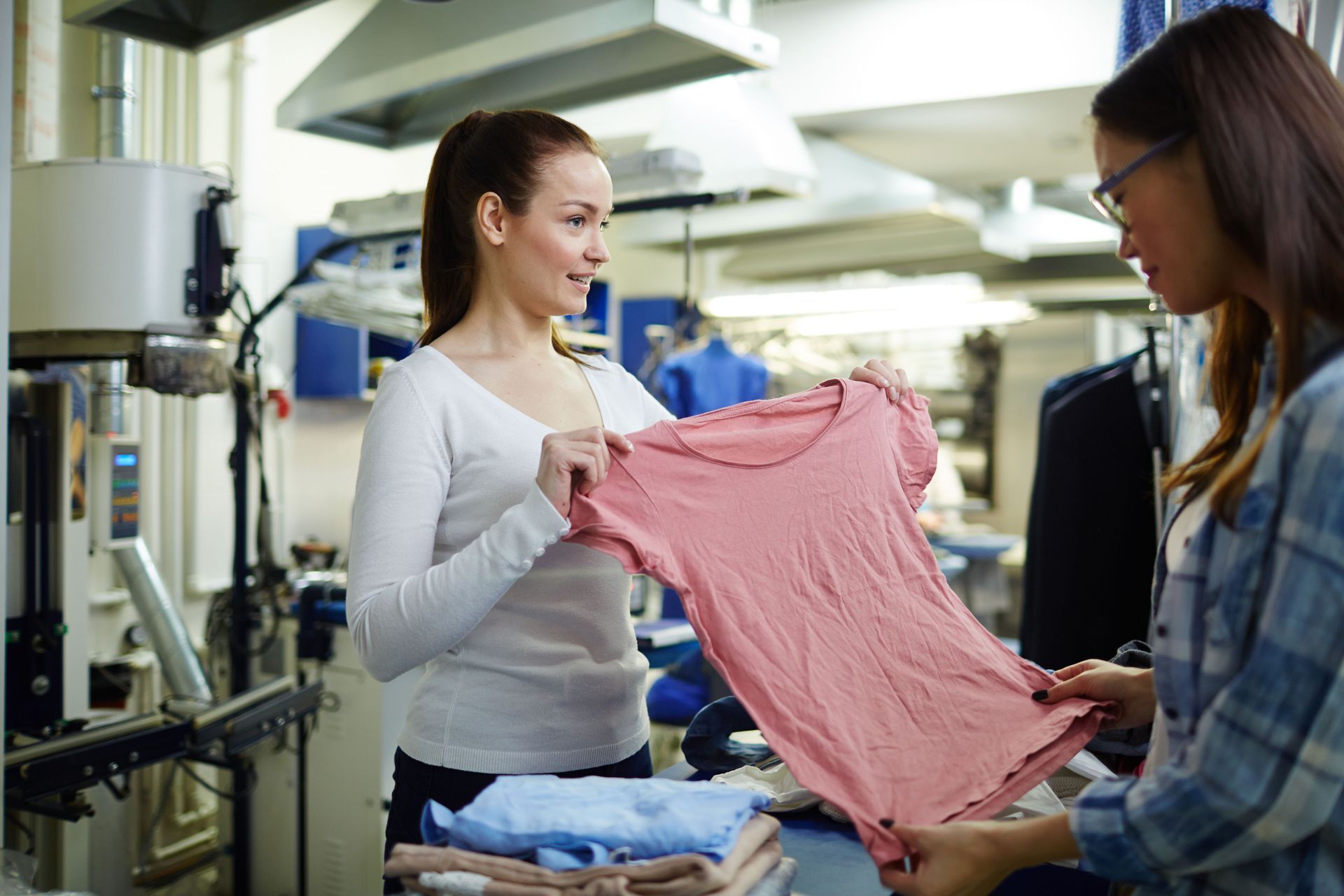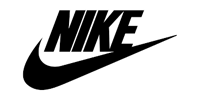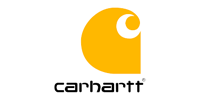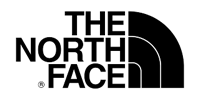September 23, 2025
Custom printing has become a mainstream trend, offering individuals and businesses an opportunity to express themselves uniquely. From apparel to everyday accessories, printing caters to diverse needs and preferences. This article explores the most sought-after items in the custom printing industry, highlighting their appeal and versatility.
Popularity and Versatility
T-shirts have long been a staple in the world of custom printing. Their popularity stems from their timeless appeal and versatility. Whether for casual outings or corporate events, custom-printed T-shirts offer a canvas to express individual tastes or brand messages. The simplicity of T-shirts allows for a wide range of design possibilities, making them a favorite choice for personalization. Furthermore, T-shirts can cater to a broad audience due to their ubiquitous presence in fashion across age groups and cultures.
The global demand for custom-printed T-shirts continues to surge as consumers seek to stand out in a crowd. According to Wired, one in three consumers was interested in personalized products, 71% of those were prepared to pay a premium, and 15% were willing to pay more than 40% over the asking price for customized fashion. This willingness underscores the value placed on unique, personalized apparel. Retailers capitalize on this trend by offering various customization options, from graphic prints to bespoke designs. The internet has further fueled this trend, with online platforms enabling customers to design their unique pieces effortlessly.
T-shirts' adaptability in styles and sizes plays a crucial role in their success. Available in multiple forms such as long sleeves, V-necks, and crew necks, they meet diverse preferences. Businesses also leverage T-shirts for promotional purposes, emblazoned with logos and brand colors. This dual purpose of personal expression and marketing tool reinforces T-shirts' status as a custom printing tool. The garment's unisex nature further broadens its appeal, ensuring steady demand across genders.
Materials and Fabrics
The choice of material is vital in custom T-shirt printing, significantly influencing the finished product's feel and appearance. Cotton remains the most popular fabric due to its softness and breathability. Organic cotton and Tencel are gaining traction as consumers become more environmentally conscious. Synthetic blends like polyester are also preferred for their durability and ability to hold vibrant colors. Each fabric type offers unique printing capabilities, affecting the choice between screen printing, direct-to-garment, or sublimation methods.
When choosing fabrics for custom printing, considerations extend beyond mere aesthetics. Durability, print quality, and comfort are critical factors impacting consumer satisfaction. Natural fibers like bamboo and hemp are used increasingly as environmentally friendly alternatives with sustainable advantages. These fabrics are sometimes mixed with synthetic materials to enhance durability without sacrificing eco-friendliness. Through fabric innovation, printing continues to meet evolving consumer demands while reducing environmental impact.
The fabric choices for custom T-shirts also reflect personal style and occasion suitability. Lightweight options suit summer collections, while heavier blends cater to cooler climates. Fabric finishes, like moisture-wicking properties, add functionality for activewear. Specialty materials with effects such as metallic or reflective designs broaden artistic expression possibilities. By understanding various materials' characteristics, both consumers and businesses maximize the potential of their custom T-shirt designs.
Design Trends
The custom T-shirt industry is continually evolving with design trends mirroring societal shifts. Graphic tees featuring bold logos, artistic imagery, or text-based messages are consistently in demand. Nostalgic elements, such as retro designs, alternative graphics, or vintage logos, are particularly popular among various demographics, providing a connection to past eras. Minimalist designs with clean lines and monochromatic themes appeal to those who favor simplicity. The rise of pop culture and digital aesthetics also influences design trends, integrating memes or pixel art into wearable fashion.
This dynamic environment means businesses must stay ahead of trends to offer appealing designs. High-profile collaborations with artists or celebrities bring trendy limited editions to market. Social movements and current affairs often inspire designs, allowing wearers to express their views uniquely. Customized typography is also significant, with lettering styles adding personality to otherwise plain designs. With easy access to design tools and platforms, consumers themselves become co-creators of these trendy items.
Technology such as augmented reality interfaces enhances design visualization by allowing consumers to see personalized creations before purchase. Interactive experiences, like virtual dressing rooms, facilitate confident design choices. Additionally, innovative printing techniques bring more detail and complexity to T-shirt designs. From photorealistic prints to 3D effects, technological advancements push boundaries for what's possible in custom printing. This capability not only thrills consumers but also challenges designers to continually innovate in this vibrant field.
Printing Techniques
The custom T-shirt printing industry boasts a variety of techniques suited for different types of designs and fabrics. Screen printing is one of the oldest and most popular methods, perfect for vibrant, multicolor prints with high durability. Direct-to-garment printing allows for detailed, full-color designs and is ideal for on-demand printing or smaller batches. Sublimation printing is used for polyester fabrics, providing designs that are evenly integrated into the garment instead of being applied superficially. Each technique offers distinct advantages, catering to particular consumer needs and design complexities.
The evolution of printing techniques has made custom T-shirts accessible and affordable for a broader audience. Heat transfer printing is favored by hobbyists and small businesses for its ease and minimal setup cost. On the other hand, large-scale producers might opt for cutting-edge options like digital textile printing. This allows high-speed printing without compromising quality and is particularly useful for large orders. Printing innovation enhances operational efficiency while maintaining the flexibility necessary for creative expression.
The choice of printing technique directly affects a custom T-shirt's quality and wearability. Processes like screen printing offer long-lasting results and are perfect for bulk orders. However, for bespoke items with intricate details and a faster turnaround, digital printing technologies are preferred. Businesses must weigh the costs, quality, and expected output when selecting a method, ensuring it aligns with customer expectations. It is also essential to prioritize sustainability, with eco-friendly inks and methods becoming increasingly important in today’s market.
Environmental Considerations
As the custom T-shirt industry grows, environmental considerations become increasingly important. Businesses are turning to sustainable practices by using eco-friendly inks and water-based dyes. Organic materials and ethical production processes reduce the industry's ecological footprint. By opting for fewer chemicals, less water usage, and responsible sourcing, companies align with consumer expectations for sustainable fashion solutions. Moreover, many brands now offer recycling programs to minimize textile waste and encourage circular fashion.
Transparency in the supply chain has become a priority as consumers demand accountability from brands. Certifications like Fair Trade and OEKO-TEX ensure that custom T-shirts meet rigorous environmental and social standards. Companies adopting these credentials communicate trustworthiness, gaining a competitive advantage. Environmental storytelling is often leveraged in marketing strategies, highlighting eco-friendly initiatives. This approach resonates with ethically-minded consumers willing to support green fashion, thus fostering brand loyalty.
The shift towards sustainable practices also drives innovation in materials and processes. Companies explore recycled fabrics, biodegradable materials, and upcycled goods to lessen environmental impact. Collaboration with eco-aware partners further enhances green credentials. By integrating sustainable technologies, such as renewable energy in production facilities or energy-efficient machinery, businesses reduce their carbon footprints.
The growth of custom printing reflects a broader desire for personal expression, creativity, and sustainability. From fabric selection to innovative techniques, the industry continues to evolve to meet consumer expectations. Contact Shirt Stop today for more information.
